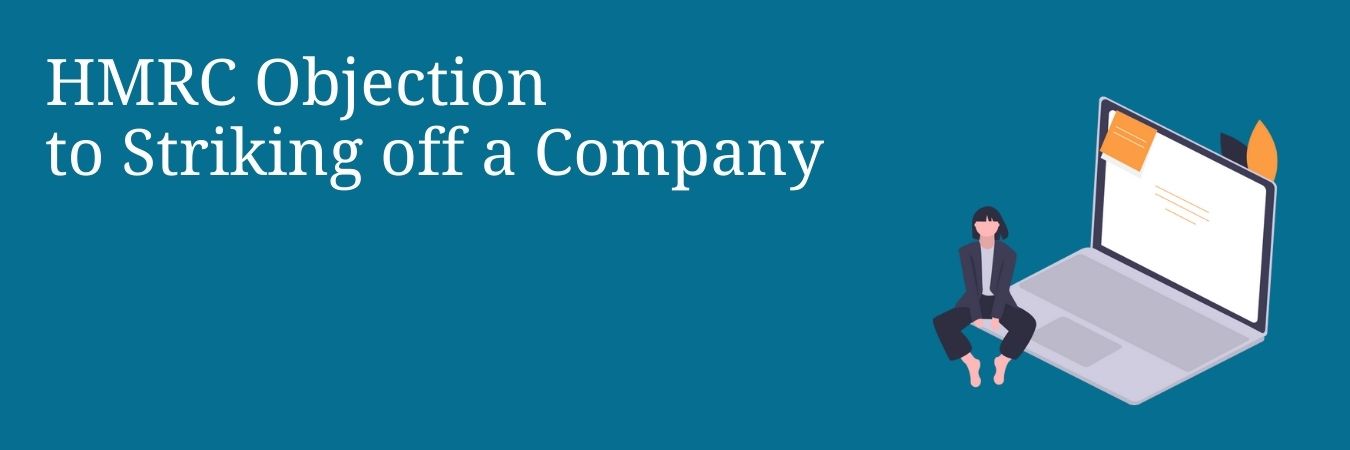First Gazette Notice for Compulsory Strike Off Clarified
First Gazette Notice for Compulsory Strike Off Clarified
Blog Article
A Comprehensive Guide to the Compulsory Strike Off Procedure in Corporate Governance
The required strike off procedure, an important aspect in corporate administration, serves as a mechanism to apply compliance and maintain the honesty of the service environment. As organizations develop and circumstances modification, the requirement to strike off a company might arise for numerous reasons.
Factors for Compulsory Strike Off
What circumstances bring about the necessity of a required strike off in business administration? There are a number of vital factors that might trigger the initiation of a compulsory strike off procedure for a firm. One common scenario is when a business stops working to adhere to its legal responsibilities, such as sending monetary declarations or yearly returns to the relevant authorities. Non-compliance with regulative needs can raise problems about the business's procedures and economic health, causing the decision to strike off the company from the register.
Furthermore, business that have stopped trading or are no much longer executing any kind of business tasks may additionally encounter compulsory strike off. This could be due to insolvency, mergers, or simply a choice to end up the business. In such situations, preserving the business on the register would serve no function and might potentially produce confusion among stakeholders.
Ultimately, the need of a compulsory strike off in company administration emerges when a firm is no more running based on the law or has actually come to be obsolete, requiring its removal from the official records.
Lawful Effects and Dangers
Provided the scenarios that trigger an obligatory strike off in company governance, it is critical to recognize the lawful ramifications and risks linked with such activities. When a firm is struck off the main register, it disappears as a lawful entity. This can have serious repercussions for financial institutions, shareholders, and supervisors. Supervisors may face individual liability for business financial obligations sustained after the dissolution, exposing their properties to prospective seizure. Investors lose their financial investment in the business, and financial institutions may locate it challenging to recuperate debts owed to them.
Additionally, there are lawful consequences for people included in the administration of a company that has been forcibly struck off. Furthermore, the reputational damage from a mandatory strike off can have enduring impacts on people and their ability to involve in future organization endeavors.
Actions in the Strike Off Process
Initiating the required strike off procedure in business administration entails a series of recommended steps outlined by governing authorities. The initial step generally needs the company to send an official application or notification to the pertinent government firm or registrar signaling its intent to be struck off the official register. Ultimately, the company is often needed to work out any type of outstanding responsibilities, financial obligations, or tax obligations to guarantee conformity with regulative needs.
When the first documents is sent and financial commitments are satisfied, the governing body will release a notification in the main gazette or a comparable publication to educate stakeholders about the approaching strike off. This notification functions as a final possibility for any interested events to raise objections or existing legitimate reasons that the firm should not be dissolved.
Adhering to the publication of the notice, the regulative authority will certainly proceed with the strike off process if no substantial objections or obstacles develop. The firm will then be formally liquified, and its name will be removed from the register, description properly marking the final thought of the obligatory strike off procedure in company governance.
Files Needed for Strike Off
In compliance with regulative standards, specific documentation should be supplied to promote the strike off procedure in business administration. The called right here for documents usually consist of an official application for strike off, which requires to be completed accurately and submitted to the relevant regulatory authority. Additionally, monetary statements, such as the company's most current annual report, must be included to ensure that all financial commitments have actually been settled before launching the strike off treatment. In addition, an affirmation of solvency or a declaration confirming that the business has no exceptional obligations is typically mandated to demonstrate that the entity can be dissolved without causing injury to its creditors. Additionally, any essential authorizations from shareholders or board members need to be documented and enclosed with the application. It is vital to guarantee that all the requisite documents is carefully ready and sent based on the suggested guidelines to expedite the strike off procedure efficiently. Failing to supply the required documents may cause delays or complications in the dissolution of the firm.
Post-Strike Off Responsibilities and Factors To Consider

An additional crucial post-strike off factor to consider is the potential for the business to be restored to the register. If there is a requirement to revive the business after strike off, the procedure for remediation have to be meticulously followed to make sure compliance with legal needs. Failure to resolve post-strike off obligations can result in possible lawful repercussions for shareholders and supervisors. It is vital to vigilantly handle these responsibilities to maintain good corporate governance methods.
Verdict

There are numerous essential reasons that might prompt the initiation of a required strike off procedure for a firm. Non-compliance with regulative needs can elevate worries regarding the firm's procedures and economic health, leading to the decision to strike off the firm from the register.
Additionally, firms that have actually ceased trading or are no much longer lugging out any service tasks may also deal with required strike off. If there is a need to restore the business after strike off, the procedure for restoration need to be meticulously complied with to guarantee conformity with lawful needs.In conclusion, the mandatory strike off treatment in business governance serves as an essential device to eliminate inoperative firms from the register.
Report this page